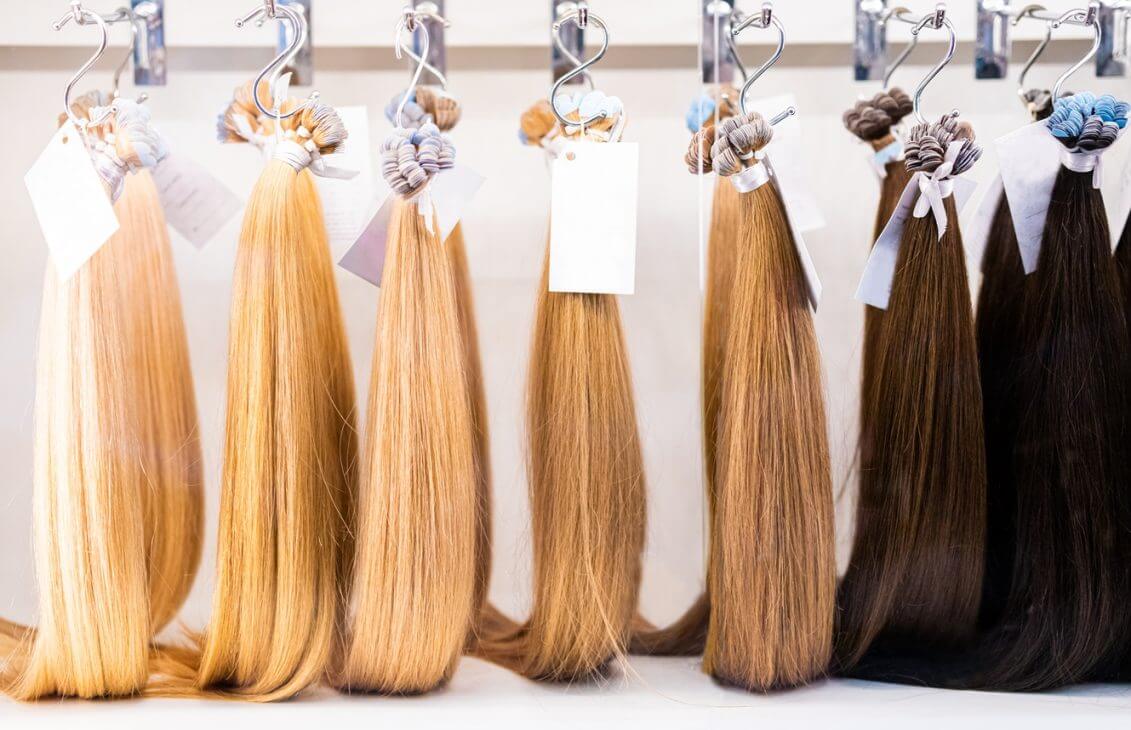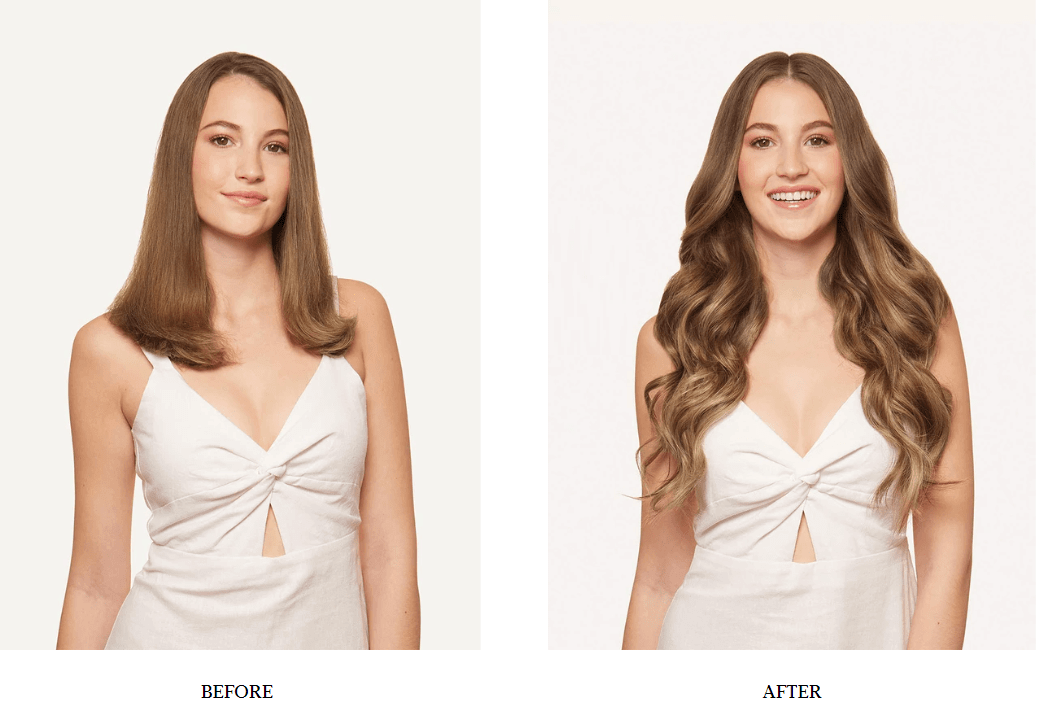Hair extensions can be confusing and overwhelming for newcomers and professionals, alike. So, here are some of the most important questions answered, you will have about hair extensions that you probably haven’t yet asked.
1. What are hair extensions?
Hair extensions are methods of adding commercial hair to natural hair. These methods are used to conceal thinning or hair loss in concentrated areas as well used to add volume and length for aesthetic purposes.
How are hair extensions attached?
There are many different methods of attaching the extension hair ranging from fusion-sewing, braiding, gluing, heat clamps, tapes, micro-rings and they can even be clipped in. At ELSA HAIR we supply all type of hair extensions.
2. What type of hair is available?
Natural hair extensions come from different regions in the word, and each type has different characteristics to the next based on how they have been treated in the manufacturing process. Russian, European, Brazilian, Indian and Chinese are all examples of types of hair extensions used today.
Russian hair is generally accepted as the gold standard in the hair extension industry as the hair extensions are the purest and silkiest. Russian hair is also the rarest and hardest to find of all-natural hair extensions which is generally reflected in the price.
European hair does not come from Europe. It is a group name for hair which has a very similar basic structure as European hair. In general, this hair type is of a very high quality. However, the method of collection is very essential. When different types of hair are mixed with cuticles aligned in different directions this hair becomes of a much less quality and therefore less expensive. To prevent tangling the cuticles must be removed and the hair is covered by silicon. If collected in the right way with all the cuticles present and in the same direction this hair is considered to be of very good quality and very cost effective.
Chinese hair is the most common hair found in use today, as it’s readily available in large quantities and cheap to buy. However, Chinese hair is often very thick and coarse. In order to reduce the thickness and give it a softer and finer texture many hair companies expose the hair to an aggressive acid treatment to strip the cuticle layer. This chemical treatment destroys the cuticle layer, leaving the hair opaque and fragile. The hair is then coloured and covered with a silicone layer, which gives it a simulated healthy look. In the beginning the hair seems shiny and beautiful, but after a few washes the silicone layer starts to wash away and the colour fades leaving the hair with a dull matt appearance.
Synthetic hair is man-made fibre that is made to look like your own hair. It produces a different sheen than human hair, moves differently and therefore does not blend with human hair. New fibres are developed continuously that are better resistant to heat and have an appearance closer to human hair. It comes in a large variety of colours. This hair is the most inexpensive. Sometimes this hair is mixed with human hair and a combination is used for a human hair extension. This, of course is not recommended, as both hair types need different after care.
4. Why is Russian hair considered to be the best?
Russian hair not only provides an excellent match in terms of thickness and texture for Western women, it is considered to be the best because of the Russian diet. The Russian diet is high in nutrients and vitamins while low in sugar, salt, and processed animal fats. It is exactly this type of diet that helps to promote the growth of soft, luxurious and voluminous hair.
5. What does the term “Virgin” mean?
Virgin hair is hair that has not been dyed, bleached, permed, or straightened. It is hair that has not been chemically treated one way or another and therefore there is no previous damage to the cuticles. The cuticles protect the hair, so it is important that they are intact.









